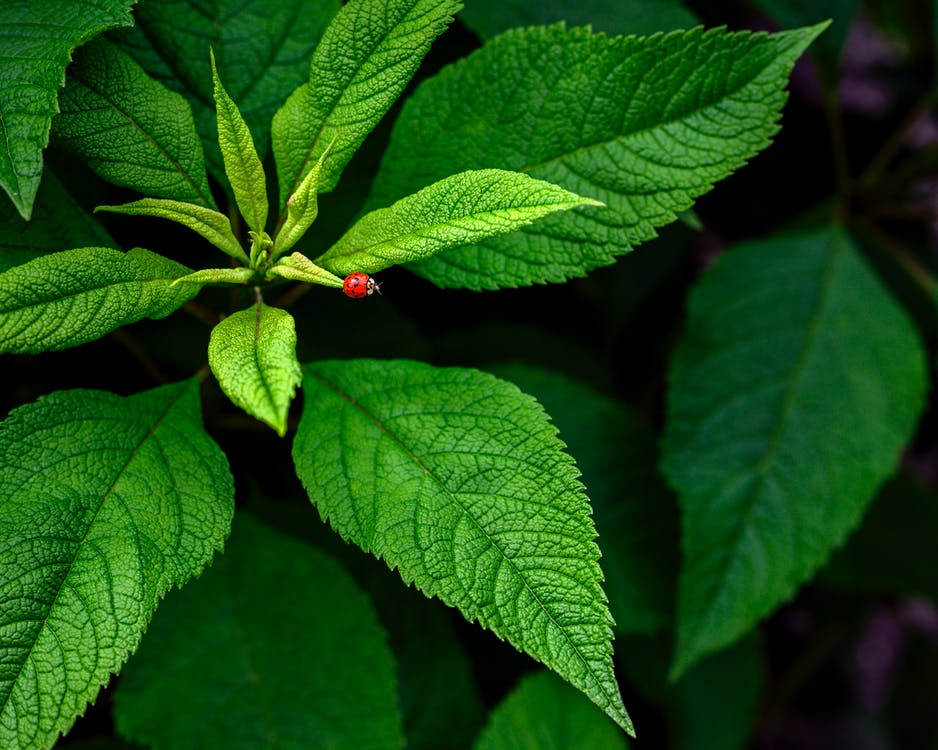After you have spent months nurturing your prized garden, the worst thing that could happen is to watch it get devoured by pests. Pests can multiply quickly and destroy a healthy garden overnight. Fortunately, you can restore some balance to your garden ecosystem by attracting predatory insects that feed on these pests and keep their numbers under control.
Use Pesticides Wisely
Chemical pesticides are highly effective and can provide swift results. However, many pesticides and insecticides are broad-spectrum and will kill all insects in their wake. This means that the good insects will be wiped out along with the bad ones and that it can take longer for you to create the environmental balance that you want in your garden.
Try to use natural alternatives for pest control such as neem oil or pepper spray. These will not leave toxic residue on your plants and soil and will not affect the life cycles of your beneficial insects. If the infestation is too serious and you have to reach for chemical pesticides, be sure to choose a product that degrades quickly and targets a specific pest.
Plant for Diversity
Monoculture gardens are like unlimited buffets for garden pests. Simple cropping systems create a concentration of food that invites pests to gorge themselves as well as allows them to reproduce at alarming rates. Designing your garden to feature a diverse mix of plants will make the habitat more resilient and friendly to beneficial insects.
Having a large diversity of plants will also ensure that your common garden pests only feed on one or two types of plants at once instead of decimating your entire garden. Different beneficial insects have different habitat requirements, so you should have plants of varying heights and characteristics.
Low plants can give shelter to ground beetles while big, leafy plants are perfect ambush locations for praying mantises. In addition, certain predator insects such as parasitic wasps require food alternatives in the form of nectar from wildflowers to supplement their hunting.
Plant More Flowers
It may seem strange, but planting flowers—particularly wildflowers—is one of the best ways to attract beneficial insects. Indigenous flowering weeds are adapted to your local climate and are already well-known to the beneficial insects. Indigenous plants are more likely to be able to fend off pest species than cultivated or imported plants as well.
Flowers that provide nectar and pollen such as honeysuckle and lavender will not only look beautiful but bring wasps and hoverflies. Parasitic wasps lay their eggs in the bodies of pest insects and control their population. You can also include flowering plants like nasturtiums that ‘trap’ pests so that predator insects can feed on them easily.
If your garden beds are already full, consider lining your garden beds and margins with flowering plants. These margins can act as corridors for the beneficial insects. They function as important shelter sites while still allowing them access to the plants around the garden. Just ensure that these plants do not go to seed and encroach on your planting beds.
Provide Water
Just like humans, insects need to stay hydrated to survive. You want your beneficial insects to stay in your garden instead of flying off in search of water. Although beneficial insects can theoretically drink from the puddles that form when you water your garden, it is ideal to create a permanent water source for them, especially if you live in a hot and dry climate.
The simplest way to make a watering hole is to place some rocks in a shallow saucer and fill it with water. Make sure that the rocks are peeking out of the water’s surface as they will act as perches for the insects. If you have the space, digging a pond in your garden will invite a host of other beneficial aerial predators such as dragonflies and damselflies.
Provide Shelter
Insects need to have safe and secure homes too. Keeping a compost heap and mulch on your garden beds will provide a sanctuary for earthbound predators such as ground beetles during the hottest hours of the day. These moist places also allow them to lay eggs and prevent their larvae from being eaten by birds or other insect predators.
You can build simple natural shelters for beneficial insects like ladybirds by stacking sticks, stones, or wood. These hiding spots help them to stay out of the wind and bad weather and you can place them right next to your problem plants. If you like, you can even build miniature bug hotels that can double up as cute garden features.
Of all the known insects in the world, only a tiny proportion are harmful garden pests. Because we love our natural environment, we should take care of the other insects that provide essential services for the ecosystem. By encouraging the organic growth of beneficial insects, we can keep pests in check, protect our garden, and do our part for Mother Nature.

